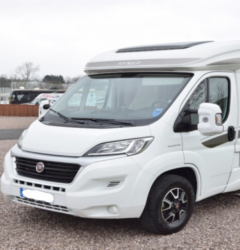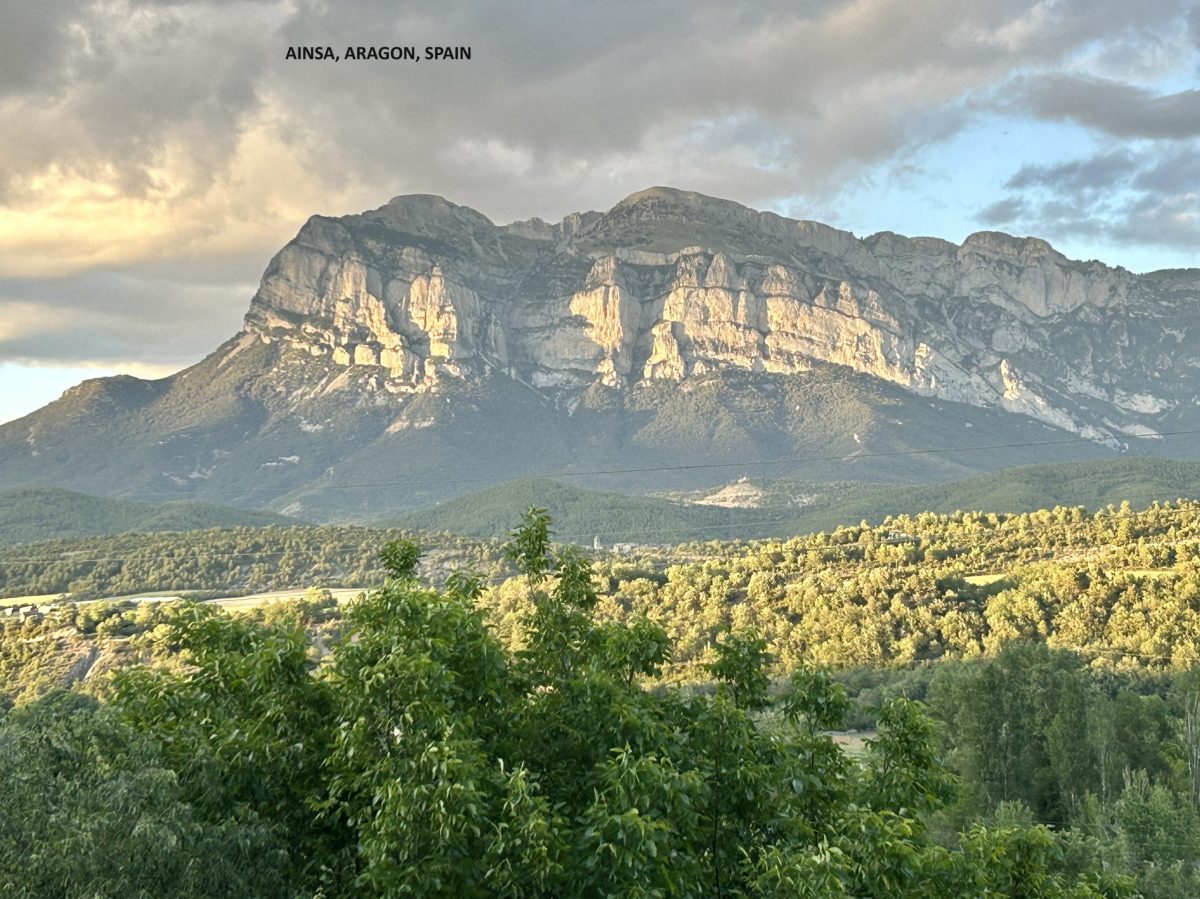Drove south, deeper into Burgundy to an area of wooded meadows and rolling fields filled with white and cream coloured cows. We were in Charolles in the Saone et Loire, the most southerly of the Burgundy Departments and home to the iconic Charolais Cow. More about the cows later.
Charollais is a sizeable village of some 3,000 people and is known in the area as the ‘Little Venice of the Charolais’. It is nowhere near the sea but sits at the confluence of the Aronce and Semence Rivers and is almost entirely surrounded by water. So all you need do is introduce a couple of canals, exercise a little imagination and, bob’s your uncle, you have a Little Venice. I’m being unfair; it is a pretty little place (despite the darkening sky and the rain that fell during my wander around the place).
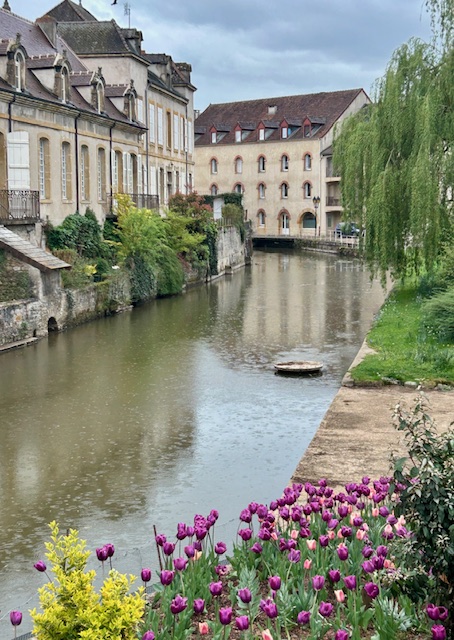

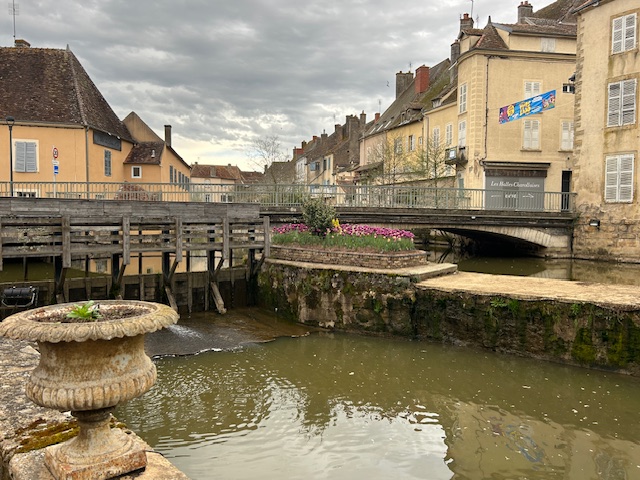
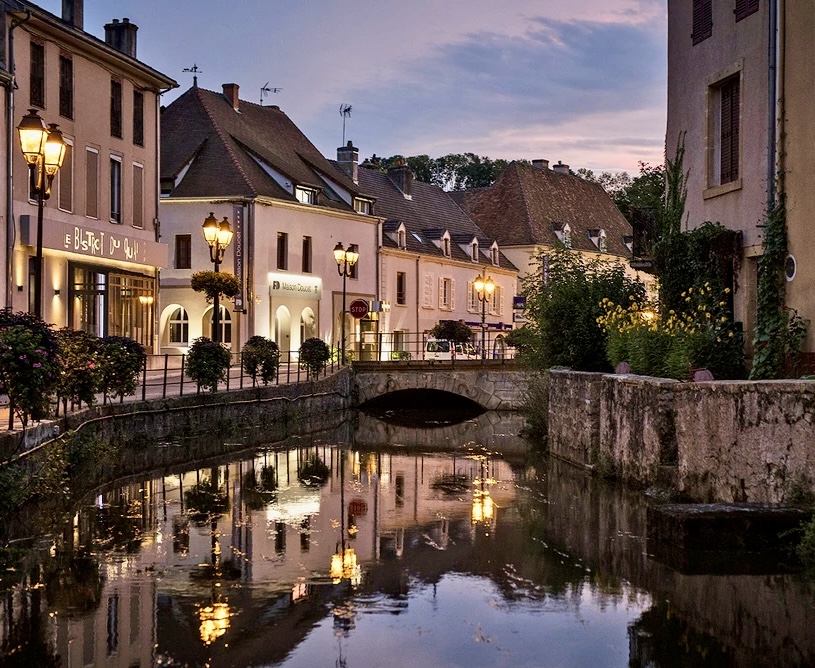
It’s classified as a ‘Village d’Etape’ which, in case you don’t know, is a designated ‘Stopover Village’. Such villages make travel around France, especially if you are using the motorways, so much more interesting. They must be located within 5 kilometres of the motorway and offer a full range of services (hotel accomodation, restaurants, shops, pharmacy, garage and petrol station, etc). Equally important they must be villages of less than 5,000 people with a tourist information facility and some points of interest (be they historical buildings and/or hiking trails) and, most important, the village elders must be concerned to maintain the place’s character as a village. At the last count there were more than 40 Villages d’Etape across France but their numbers are growing. I think this is a tremendous initiative.
A little bit more about this particular Village d’Etape before I get back to the Charolais Cow. There are two buildings which stand out in Charolles and are visible from just about everywhere in the village; the remains of a feudal castle and the church. There’s not a great deal left of the castle complex which used to belong to Charles the Bold, Duke of Burgendy. There’s the Charles the Bold Tower which sits on a rise over the village but most of what remains of the castle has been transformed into the Hotel de Ville by the town councillors.


The most impressive building in the town is the virtually reconstructed red sandstone church, L’Eglise de Sacre Coeur, which had to be rebuilt during the 19th century. It is famous for it’s Blumenroeder Organ which was installed in 2015 – a “majestic organ which was designed to perform 17th century European music… (that) has aroused the admiration of organists and music lovers from many countries… through the richness and clarity of it’s sound”. I cannot comment on that – the church was closed – but the townspeople here are very proud of it.
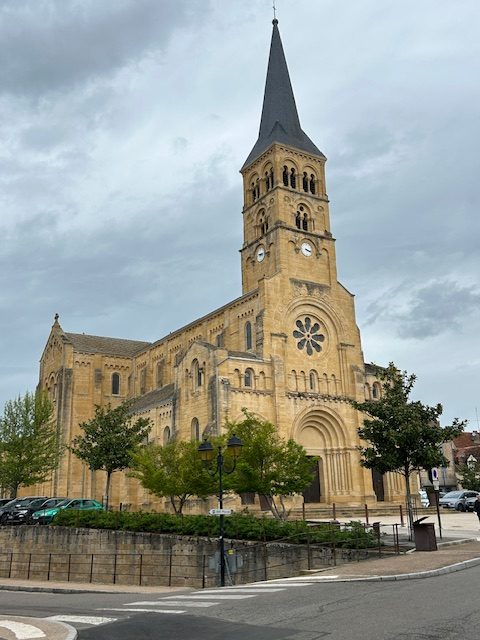
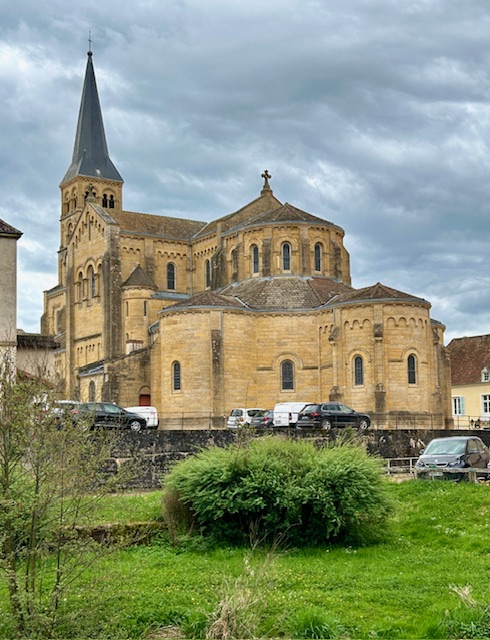
Most of the town is focused around the church. There are one or two pretty places and there are a few good restaurants; which is to be expected in the birthplace of two of the all time great French Chefs, Albert and Michel Roux. They left for London in the 1960’s and opened the Le Gavroche Restaurant (the first UK restaurant to win first one Michelin Star and then two Michelin Stars and then 3 Michelin Stars and, if that wasn’t enough, they trained both Gordon Ramsey and Marco Pierre White).
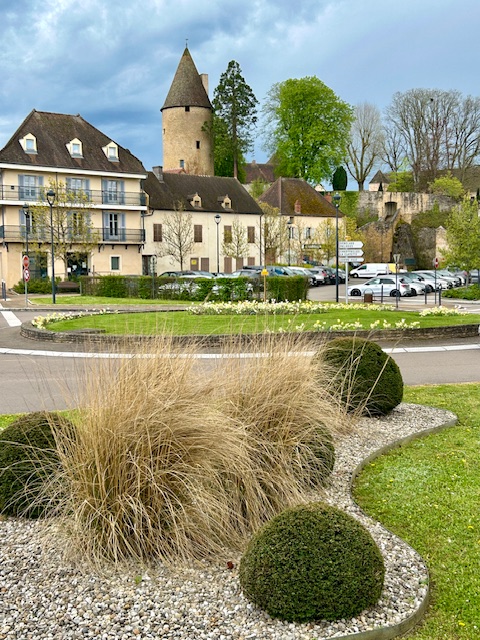
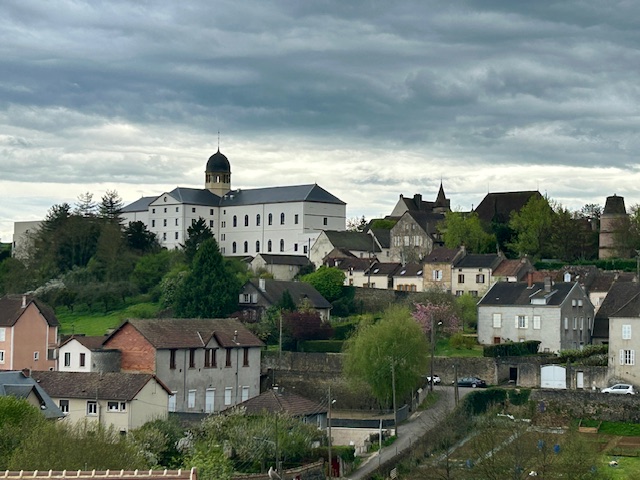
As was mentioned already, Charolles is home to the iconic white Charolais Cow which supposedly produces the best tasting beef in the world and has it’s own PDO (Protected Designation of Origin). The village has a museum dedicated to the cow (the Maison du Charolais); the official tour of which ends with a tasting of the meat!?! I elected to try the beef in a restaurant later in the evening and had reserved a table for Vanya and I at La Bonne Franquette near the centre of the village.
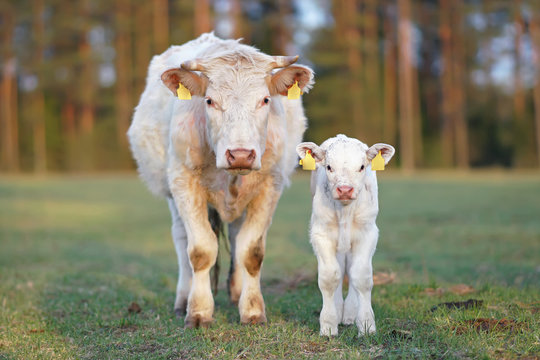
That evening Vanya and I took Nala and Beanie to La Bonne Franquette and after a warm welcome from the proprietors I ate a wonderfully tender sirloin with a quite exquisite taste (without the earthy taste which can sometimes mar the flavour of the beef). This may be because Charolais cows are fed only on local grass throughout the year? I don’t know but I can confirm it is excellent beef.
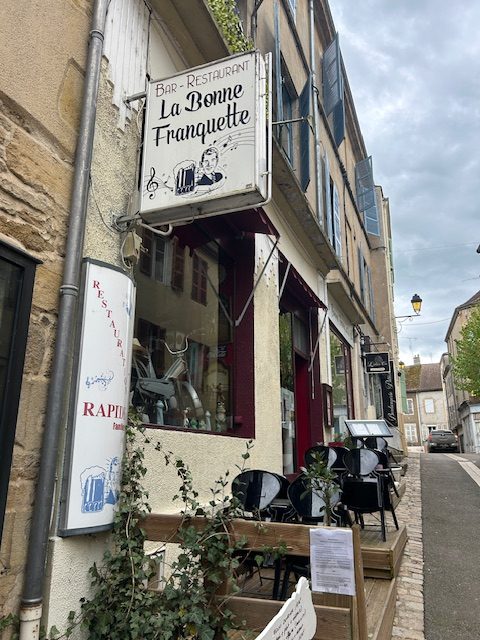
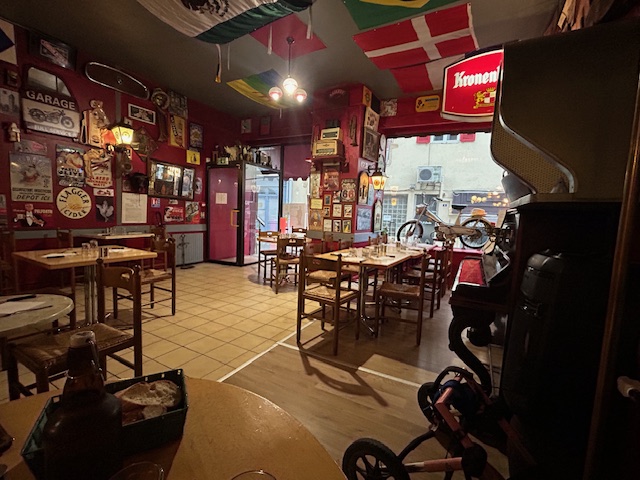
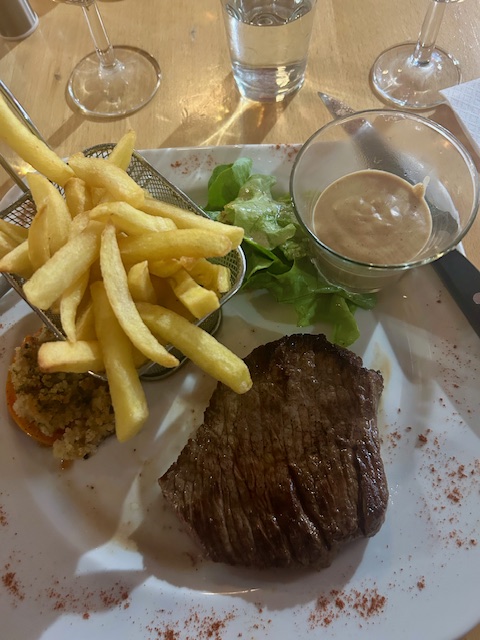
The worsening weather prompted us to head south west (we’re chasing the sun again) to Chateauneuf du Rhone. Otherwise we’d have stayed to visit the Saint-Christophe en Brionnais cattle market. It is a weekly affair and, supposedly, a real event.
